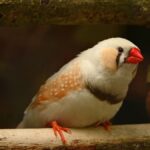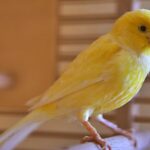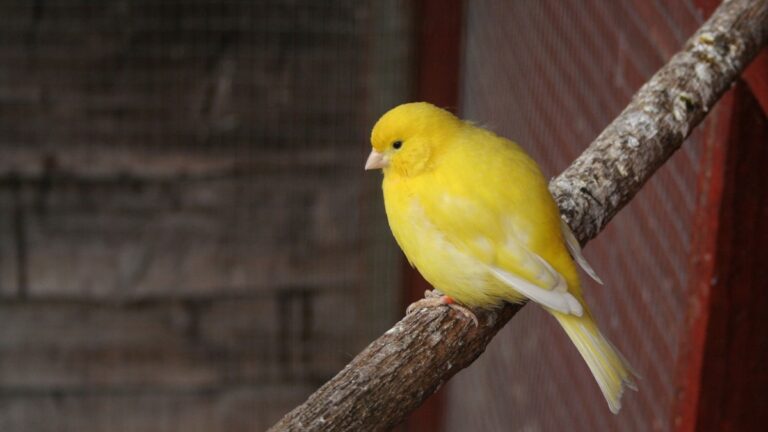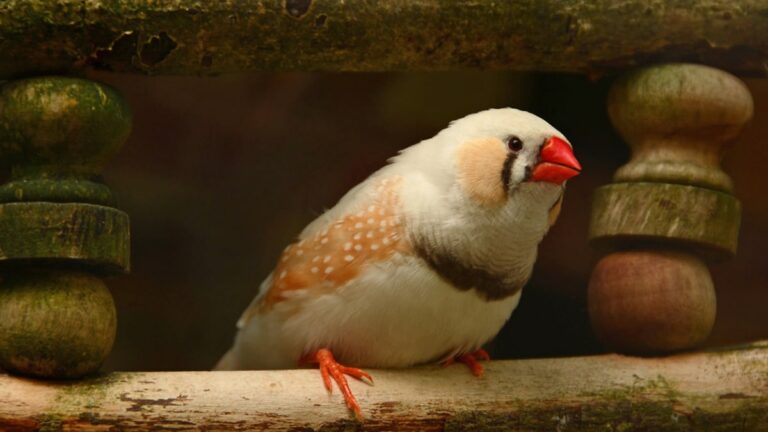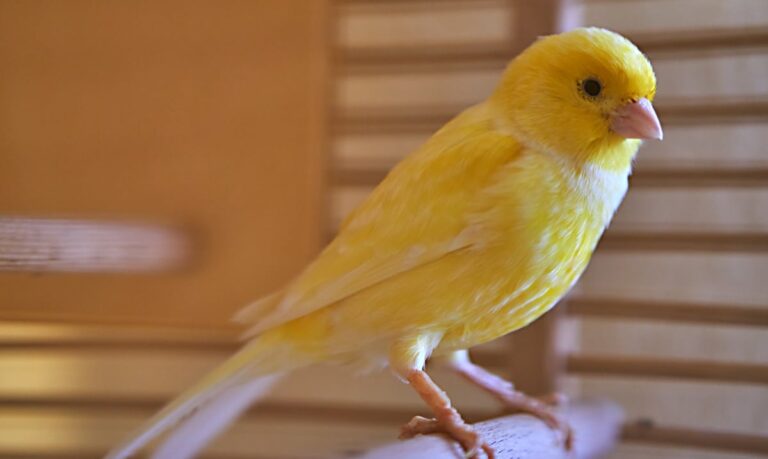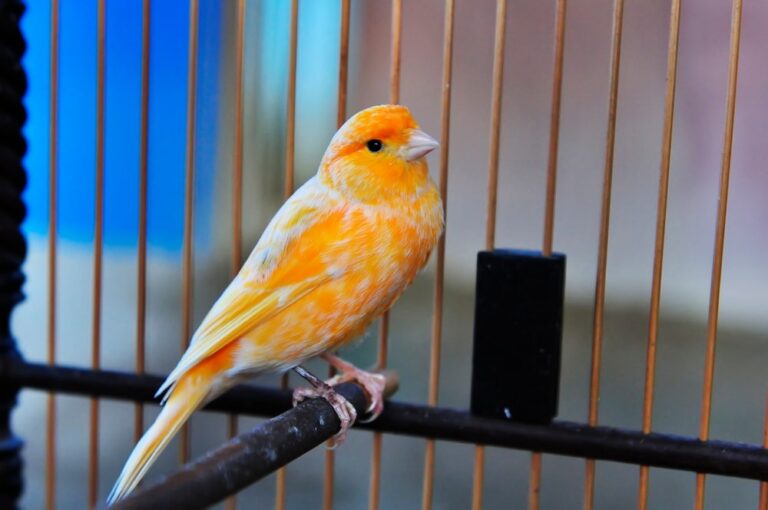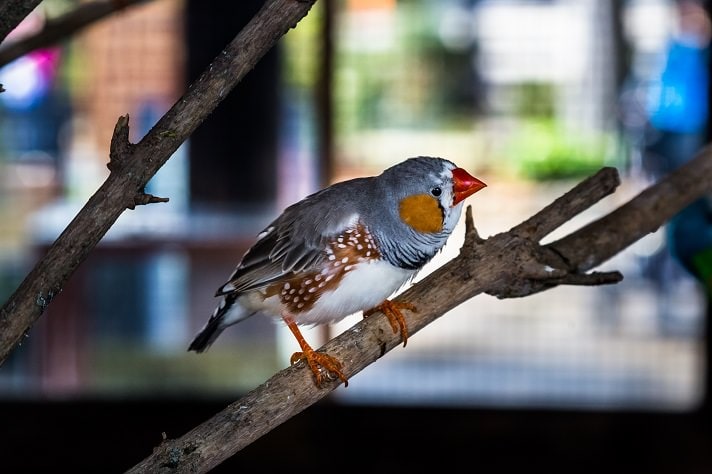Main Canary Breeds: Color, Type, Song
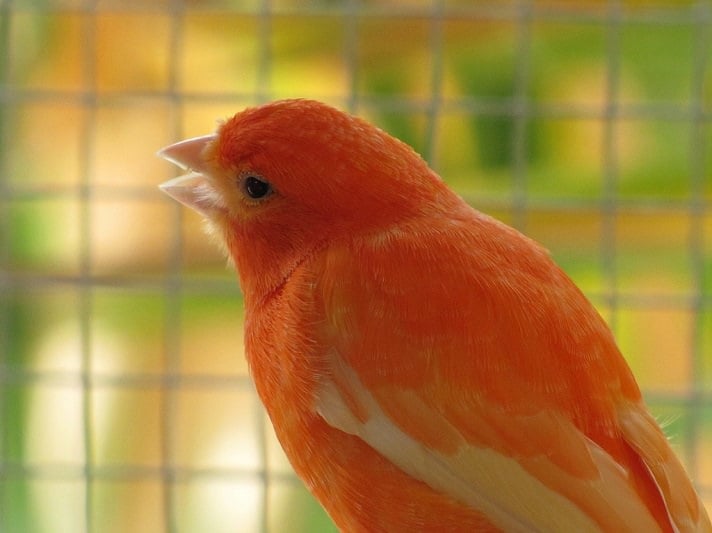
Photo by squiddles/Flickr
If variety is the spice of life, canaries must be the spice of the bird world. Although all canaries belong to the same genus (Serinus), there are many varieties to choose from nonetheless. First, there are the three main breeds: color canaries, type canaries and song canaries. Then, there are the numerous varieties in each breed and there are many mixed breeds of canaries to choose from. All of these varieties evolved from a single ancestor, the wild canary (Serinus serinus) of the Canary Islands. These birds delight young and old and make great pets.
The Color Canary
According to the “Introduction to the Color Canary” by J.M. Nelson, 1989, countless selective pairings of wild canaries produced the typical clear yellow bird (one without melanin pigmentation as opposed to the fully-pigmented, grayish-green wild canary). Later, the appearance of the agate canary, a green-and-cinnamon-colored bird, marked the beginning of color canary breeding as a hobby. White, blue and fawn canary colors soon followed. Then in the early 1900s, a male, black-hooded red siskin (Spinus cucullatus) was mated to a female, yellow German roller canary, and red was added to the canary’s colorful palette.
Genetically speaking, a canary’s color is derived from two basic elements: lipochrome color and melanin color. The lipochrome color is the ground color, which is yellow in the wild canary and also includes dominant white, recessive white and red. The melanin color includes the dark hues of black and brown of the wild canary. When superimposed upon each other, the lipochrome and melanin colors combine to produce colors such as green, blue, bronze, cinnamon, fawn and brown.
For example, take a canary with a yellow-based color (lipochrome color) and breed it with a bird that has black melanin in its genetic makeup, and you might produce a green-looking canary. Colored canaries include the green (bronze or blue), brown (cinnamon), ino (canaries with red eyes), pastel, red factor, dominant white, recessive white, ivory, as well as agate (also referred to as dilute green), Isabel factor and lizard canaries, which have feather markings similar to the scales of a reptile.
Some canaries are fed certain foods and/or substances to enhance the color qualities of the canary’s plumage. The process is called color-feeding and must begin before the canary starts to molt, at about 6 to 8 weeks of age. (Think of it as adding lemon juice to bring out the blonde highlights in your hair, only the canary is fed the food instead of wearing it.)
Cayenne pepper was one of the first substances fed to achieve a more distinct color in red factor canaries. However, you can’t turn yellow a canary red just by feeding it red peppers. Ground color (i.e. the bird’s natural basic color) must be compatible with the color enhancement. Thus, the orange coloring of the red canary, can be made redder by feeding it red peppers or the synthetic canthaxanthin. Color feeding and/or the use of chemicals to enhance color can be harmful to the bird’s health if not done properly. Consult an experienced canary breeder or your avian veterinarian before starting a color-feeding regimen.
Song Canaries
All canaries sing, but just as with people, some are better singers than others. Male canaries are the true troubadours (always trying to impress the female canaries), so if song quality is what you’re looking for, a male canary kept singly is your best bet.
You might say that canaries are nature’s “original recording artists,” because they learn their songs either by imitating the songs of other birds, incorporating parts into their own song, and/or by listening to stimulating music.
The most renowned song canary is the roller or Hartz roller canary, named after the Hartz mountain region of Germany. The roller sings with its bill virtually closed and emits a soft tone deep from within its throat. The Belgian waterslager is considered to be a close runner-up to the roller canary in terms of song quality and sings notes that resemble a babbling brook.
The American singer, developed in the United States during the 1930s, is perhaps the best looking songster. It is a cross between a roller canary (thus, inheriting the roller’s exquisite song) and a border canary (admired for its good looks). Spanish timbrados, on the other hand, are the loud ones of the bunch. They emit a louder, metallic call.
Type Canaries
Canary types come in all shapes and sizes. There are tall and skinny, short and fat varieties, as well as ones with smooth feathers and those with frilled feathers. Some belong to the crested varieties, such as the Gloster canary, which looks like it came straight from Liverpool, England, with its “shag hairdo.”
The most common type canaries are the border, fife, York, Norwich and Gloster. The fife and border are petite (at 4 1/2 and 5 1/2 inches each), in comparison to the burly Norwich, and gangly York canaries (at 6 1/2 and 6 3/4 inches each). Other varieties were bred for extreme qualities. The Northern Dutch frill and the Parisian frill have long, swooped feather patterns (like they were swept up by a tornado), while the Scotch fancy and the Gibber Italicus have an unnaturally bent posture.
Mules
What do you get when you cross a canary with a finch? A mule. No joke! Just as it is in the horse sense, a mule is indicative of a sterile offspring (e.g. the mating of male donkey with a female mare creates a mule). In the case of the canary, the mule is a result of a female canary bred with a male finch, with the resulting offspring usually being sterile (except in the case of the black-hooded red sisken, which was bred to a canary — thus, creating the red-factor canary). Some examples of mules are goldfinch mule, the siskin mule and the greenfinch mule. Then there is the bull … as in male bullfinch. The male bullfinch is the opposite of the mule — it is the mating of a female bullfinch to a male canary.
Want know more about canaries? Check out:

